Few culinary undertakings summon the magic of transforming fresh, vibrant tomatoes into a simmering, reddish-gold sauce quite like making your own classic tomato sauce at home. More than just a base for pasta, pizza or meatballs, this sauce is a celebration of simplicity and rich flavour, relying on good produce and a gentle hand at the stove rather than complicated tricks. If you’ve ever wondered how to bridge the gap between the best Italian restaurants’ sauces and your own kitchen endeavours, this guide peels back the veil.
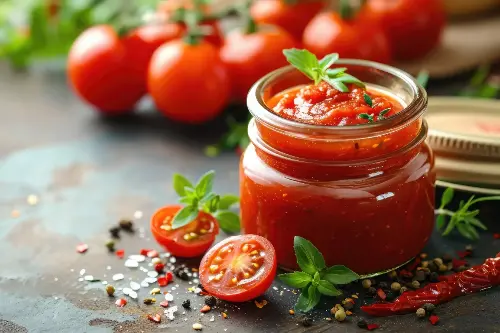
Choosing The Best Tomatoes
All great tomato sauces begin with the tomato itself. While shop-bought tinned tomatoes are reliable and useful, using fresh tomatoes—especially when they’re at the peak of ripeness in summer—can take your sauce from good to sublime. The plum-shaped, meaty roma tomato is the variety most often praised by Italian nonnas for sauce-making, as its lower water content and sweet tang help produce a flavourful, thick sauce. San marzano tomatoes, grown in volcanic soils near Naples, are considered by many chefs to be the gold standard, thanks to their balanced acidity and rich flesh.
If you’re harvesting from your own garden, don’t be afraid to blend different types; a few handfuls of cherry tomatoes can add lovely bursts of natural sweetness. The most important factor is ripeness—avoid tomatoes with green streaks or firmness, as they will add unwanted bitterness.
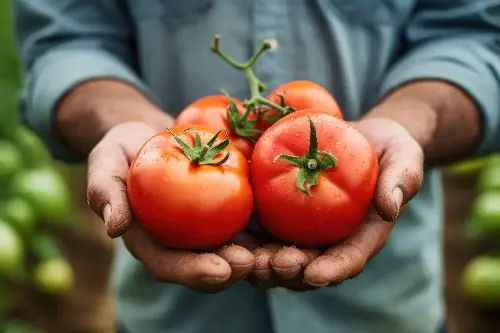
The Essentials Of Sauce Alchemy
Classic tomato sauce asks for little in the way of supporting ingredients, but each plays a critical role. You’ll want a good glug of olive oil, ideally extra virgin, a couple of cloves of garlic, and a small onion. Some traditional recipes call for just garlic (Neapolitan-style), while others lean on onion for a different flavour depth.
Herbs play an important aromatic part. Fresh basil is synonymous with Italian tomato sauces, adding vibrancy right at the end of cooking. A sprig of fresh oregano or thyme can bring a slightly earthy twist, while a bay leaf lends complexity during the simmer. And, for those interested in a pinch of tradition, a small amount of sugar is often added—not to sweeten the sauce, but to balance out the acidity.
Salt, naturally, is critical. Generously seasoning at each stage ensures that you end up with a sauce that doesn’t taste bland but bubbles with flavour. Don’t forget a grind of black pepper or even a dash of chilli flakes if you like a sauce with attitude.
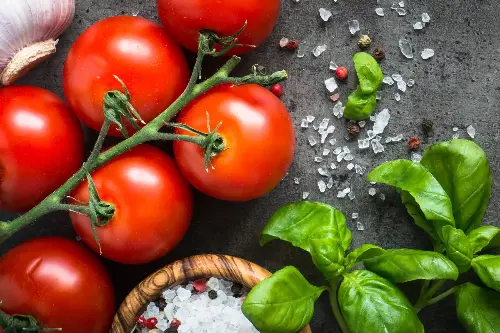
The Art Of Preparation
To achieve that iconic, glossy red sauce, begin by peeling your fresh tomatoes. An easy way is scoring the bottoms, dropping them into boiling water for about a minute, and then plunging them into ice water. The skins slip off easily, and you can chop the flesh or, for a more rustic texture, crush them by hand. For an even silkier finish, push them through a sieve to remove seeds.
Heat the olive oil in a broad, heavy-based pan over medium heat. Add chopped onion (if using) and gently cook until translucent, then add finely sliced or crushed garlic for just a minute, so it doesn’t brown. Next come your tomatoes, and with them the satisfaction of watching their vibrant chunks gradually melt and mingle with the aromatic base.
Simmering is where patience pays off. Allow the sauce to bubble on low heat, uncovered, for at least 30–40 minutes (or longer, up to two hours if time allows), stirring occasionally. The longer the simmer, the richer the flavour, as excess water evaporates and natural sugars caramelise.
Stir in your herbs halfway through, but save some basil leaves for the very end to preserve their bright green colour and fresh aroma. Taste for seasoning and adjust salt, pepper, or sugar as needed.
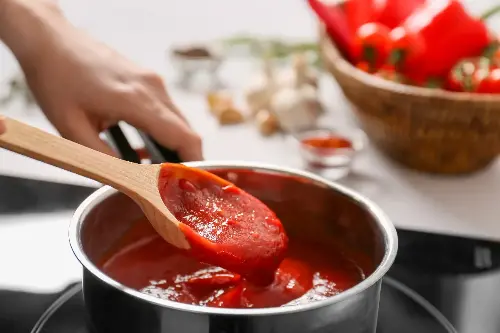
Little-Known Touches For Restaurant-Quality Sauce
What separates a homemade sauce from an exceptional one is often a handful of secrets:
- Reserve a splash of pasta cooking water. Adding it to the sauce just before serving creates emulsification thanks to its starch content, producing a clingier, silkier sauce.
- For depth, some chefs add a knob of butter at the end instead of only olive oil, giving a velvety mouthfeel.
- Feel free to experiment with a glug of red wine while sautéing onions for added complexity.
- If you prefer a smoother sauce, use an immersion blender for a few seconds directly in the pan—just take care not to overdo it, as a bit of texture is often desirable.
Serving And Storing For Every Occasion
Once your sauce has reached simmering perfection, the options are virtually boundless. Toss steaming pasta through it, slot it as a base beneath bubbling mozzarella on pizza, or spoon over roasted chicken. Classic tomato sauce forms the foundation of countless dishes; mastering it opens up a world of culinary creativity, from lasagne to parmigiana to shakshuka.
For leftovers, allow your sauce to cool completely. It will keep in an airtight container in the fridge for up to five days, and it freezes beautifully for up to three months. Pour it into freezer bags or silicone ice cube trays, and you’ll have perfect portions ready to rescue midweek dinners.
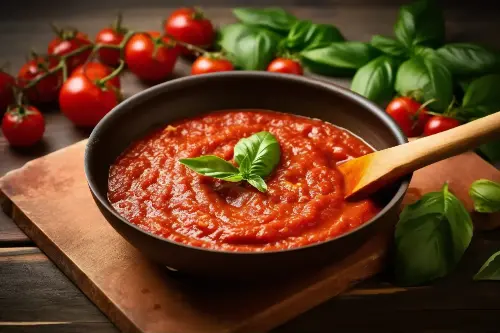
The Joy Of Making Your Own
There’s a unique pleasure in making tomato sauce from scratch—not only in the vibrant taste, but in the connection to rustic traditions and simple, honest food. The scent of bubbling tomatoes and fresh herbs fills the kitchen, promising something heartwarming ahead. Perhaps the most delightful fact is that making authentic sauce is forgiving and endlessly adaptable, as every Italian family adds their own twist.
So next time you spot a vine of blushing tomatoes at the market or in your own backyard, seize the chance. With just a handful of ingredients and a little time, you’ll craft a sauce that captures the sun—and transforms even the humblest meal into the stuff of memories.
